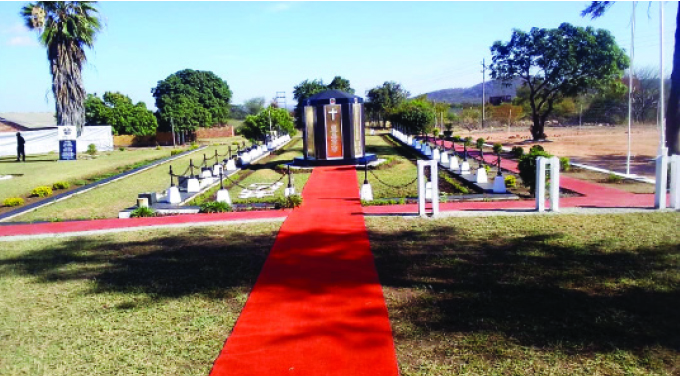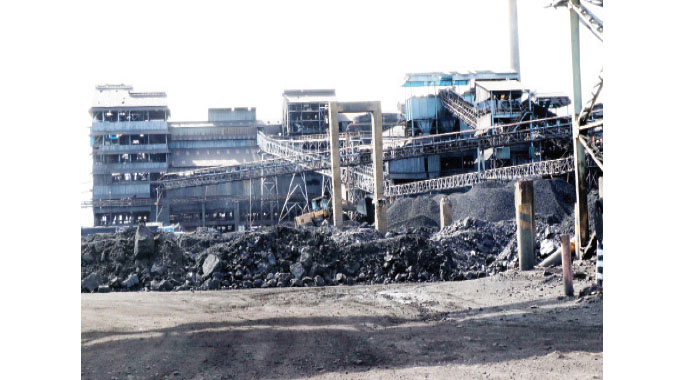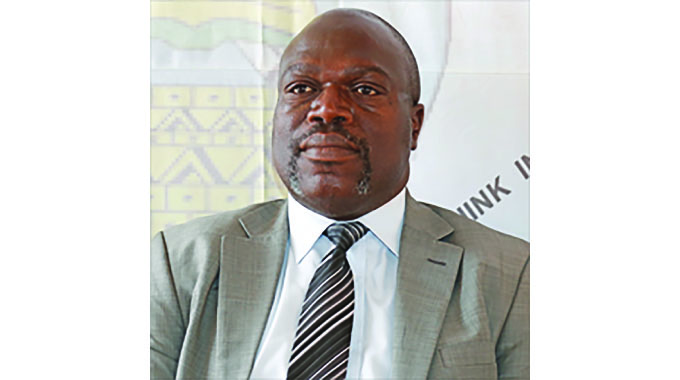Experts foretold Kamandama Mine disaster 12 years before

Sikhumbuzo Moyo
[email protected]
EXPERTS predicted the 1972 Kamandama Mine disaster that claimed 427 miners 12 years before it happened, it has emerged.
The disaster happened on June 6, 1972, when a series of underground explosions occurred at the Wankie No.2 colliery. It remains the deadliest mine accident to date in the country’s history and the ninth in the world.

Ian Smith
Eight men were pulled alive from the mine after the initial explosion at around 10.25am on June 6, but two more explosions on the following day poured poisonous gas into the 4,8 km tunnel rendering further rescue operations impossible.
On June 9, the then Wankie Colliery Company general manager, Mr Gordon Livingstone Blevins, decided to leave the 424 bodies where they were, bringing to 427 disaster casualties after the recovery of three bodies from the initial explosions.
A mass memorial service took place on June 11 at a nearby football stadium, where a crowd of about 5000 people paid tribute.
“This has cast a gloom over the whole country,” Rhodesian Prime Minister Ian Smith said during the service.
According to the 1973 report of the Commission of Inquiry into the disaster and general safety in coal mines, prior to the disaster, the mine had experienced some major incidents which were however not recorded.
It states that at 9.30am on 29 December 1960, three persons were severely burnt as a result of ignition of methane in No.4 Section, Kamandama Area No.2 Colliery.
The ignition occurred when a match was struck to light a fuse igniter. Mr Mooney, the inspector of mines then stationed at Wankie conducted the investigation. He formed the opinion and the evidence indicated that minor ignitions had occurred previously, but had not been reported.
“Although this accident is the first recorded accident from this cause, it is regarded as a timely warning as conditions in the respect are likely to worsen in the future when the Kamandama and North shaft workings (No.2 Colliery) approach the Deka fault and north development at No. 3 Colliery extends under the Matura hills where the depth will be about 1 500 feet (450metres),” Mr Mooney told the commissioners
“Daily gas testing has been instituted in all parts of the mine and a close study of all records submitted is being maintained.”
The events of the 1972 disaster completely changed the safety and health conditions of the mining industry in the country such as the formation of the Mine Rescue Association of Zimbabwe which was founded in 1973 and its mandate is to coordinate mine rescue activities.
At the time of the disaster, there were no rescue teams in the country and rescue teams responded from Zambia, South Africa and Botswana.
According to the coal mining giant’s official website, the company learnt its lessons from the Kamandama mine disaster and since then, great efforts have been made to ensure that there would never be a repeat accident in any of the company`s mines or workstations.
The statutory regulations for coal mines and fiery mines were drastically changed as more mines were declared fiery. Fiery mines are those that have methane and any other inflammable gases as well as coal dust.

Hwange Colliery Company Limited (Picture by Obey Sibanda)
Hwange Colliery Company Limited (HCCL) has since the disaster, established a fully-fledged safety, health, environment and quality department with competent practitioners who drive various proactive accident preventive strategies.
“Notable improvements at HCCL from Kamandama disaster are the use of underground flameproof equipment and stone dust application. Senior supervision with stringent conditions during any flame cutting and welding activities underground, all workers who operate electrical machines are trained and equipped to test for gases, banning of contraband entering the mine as well as the construction of refuge chambers,” said the HCCL.
The company has since the disaster been taking care of the victims’ widows through monthly groceries and also paying school fees.
This year the company did not hold the usual annual commemorations that involve big gatherings and a number of activities due to what it said were unforeseen circumstances. — @skhumoyo2000.












Comments